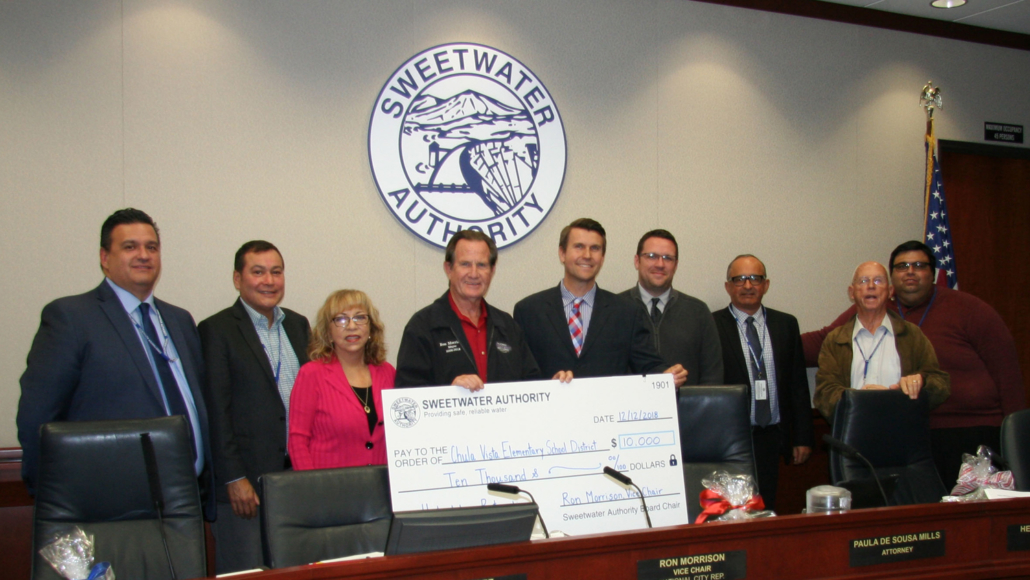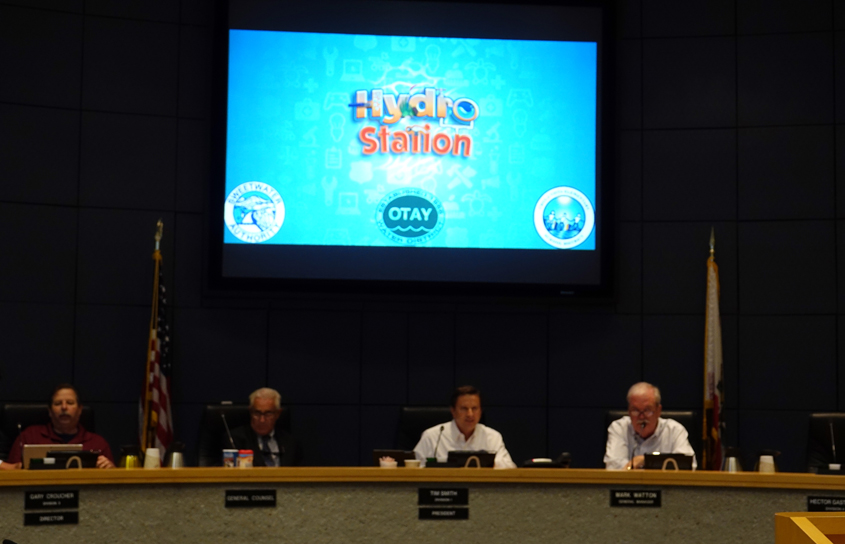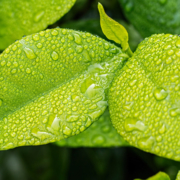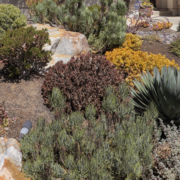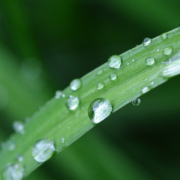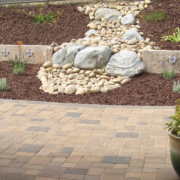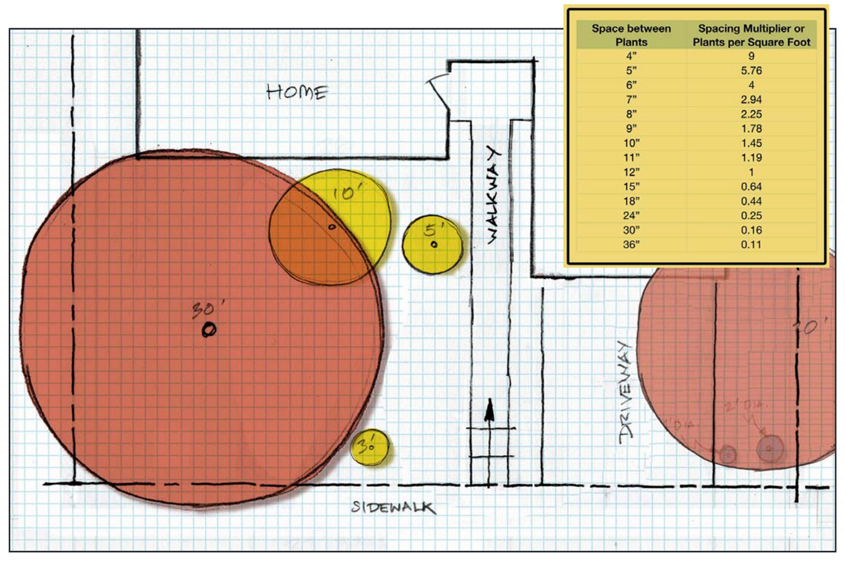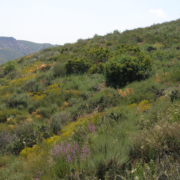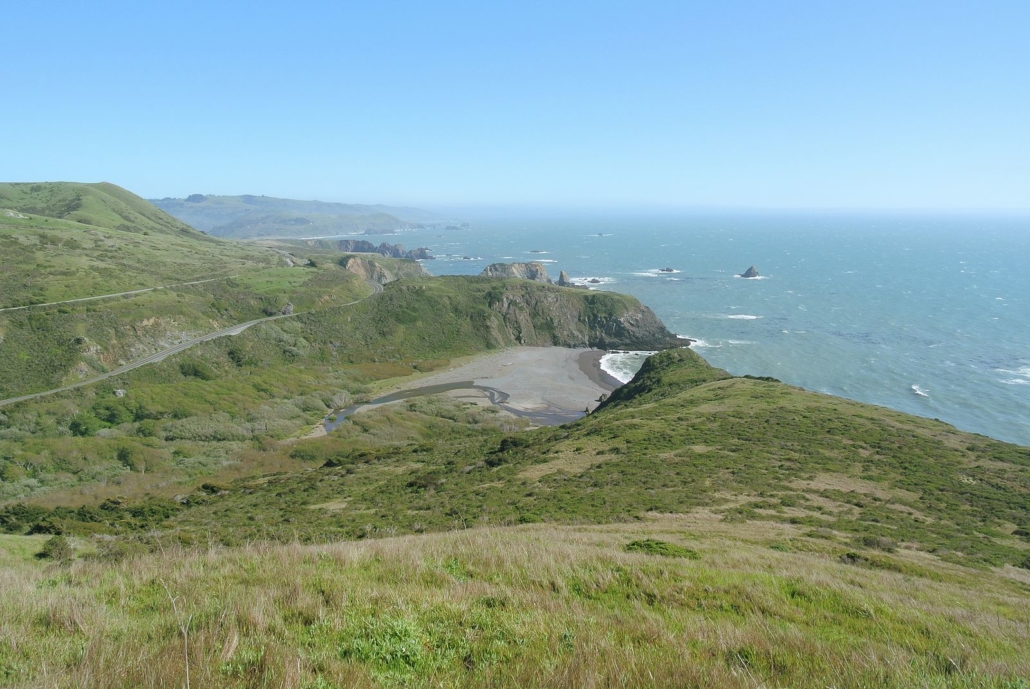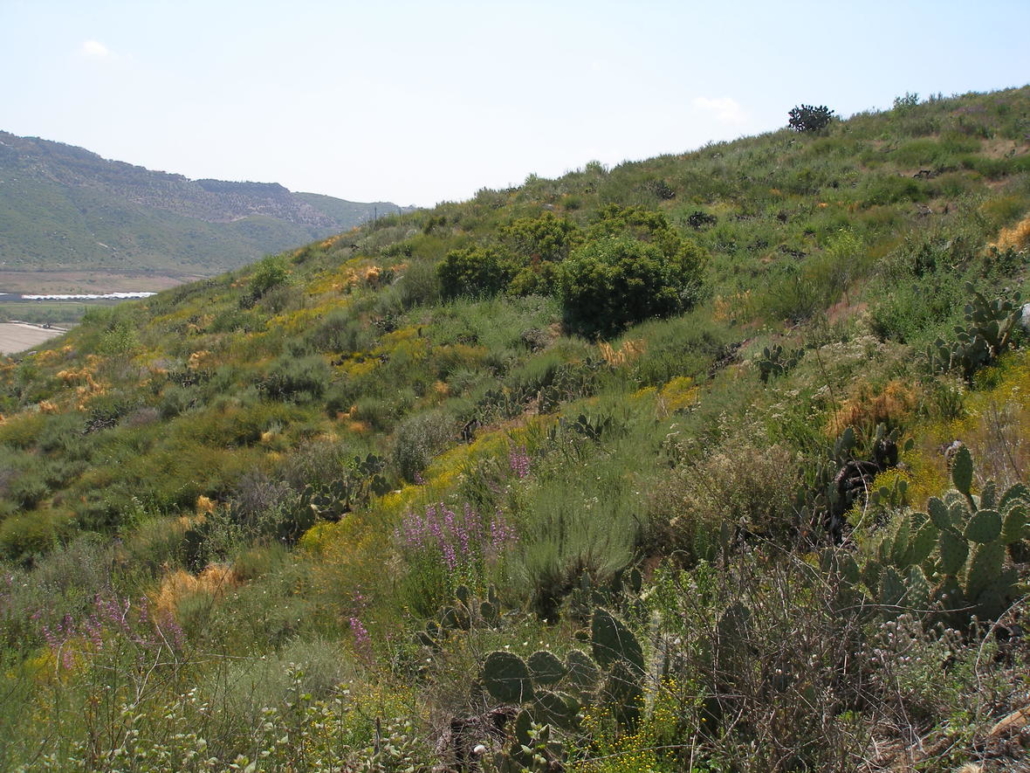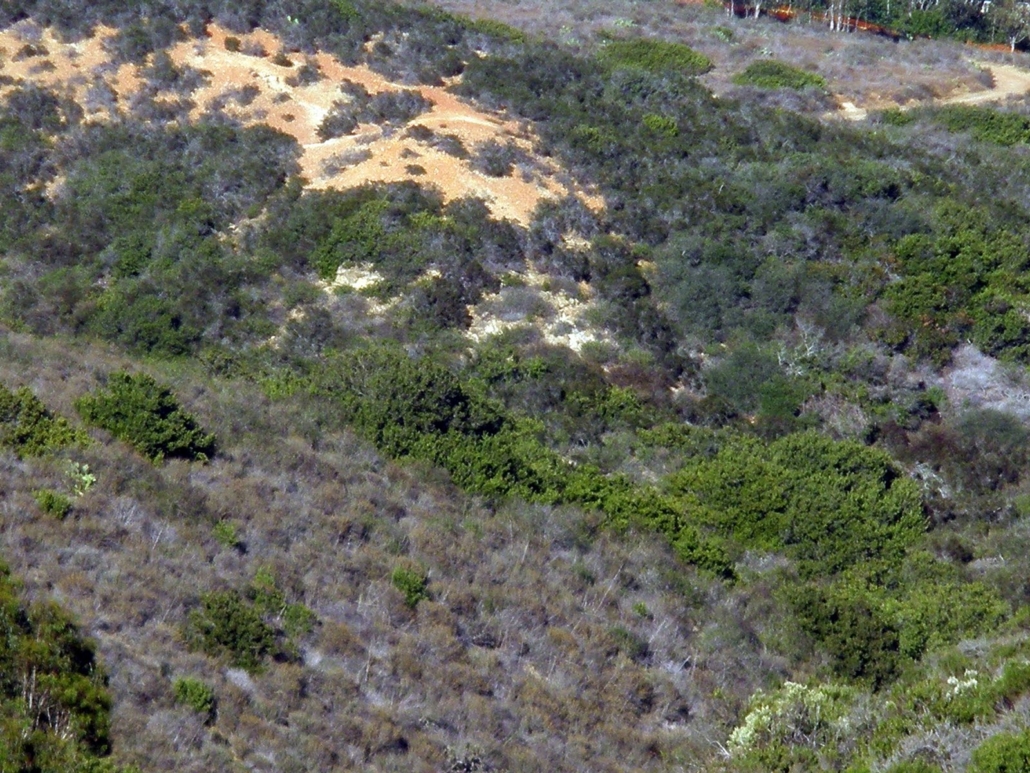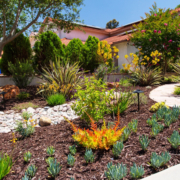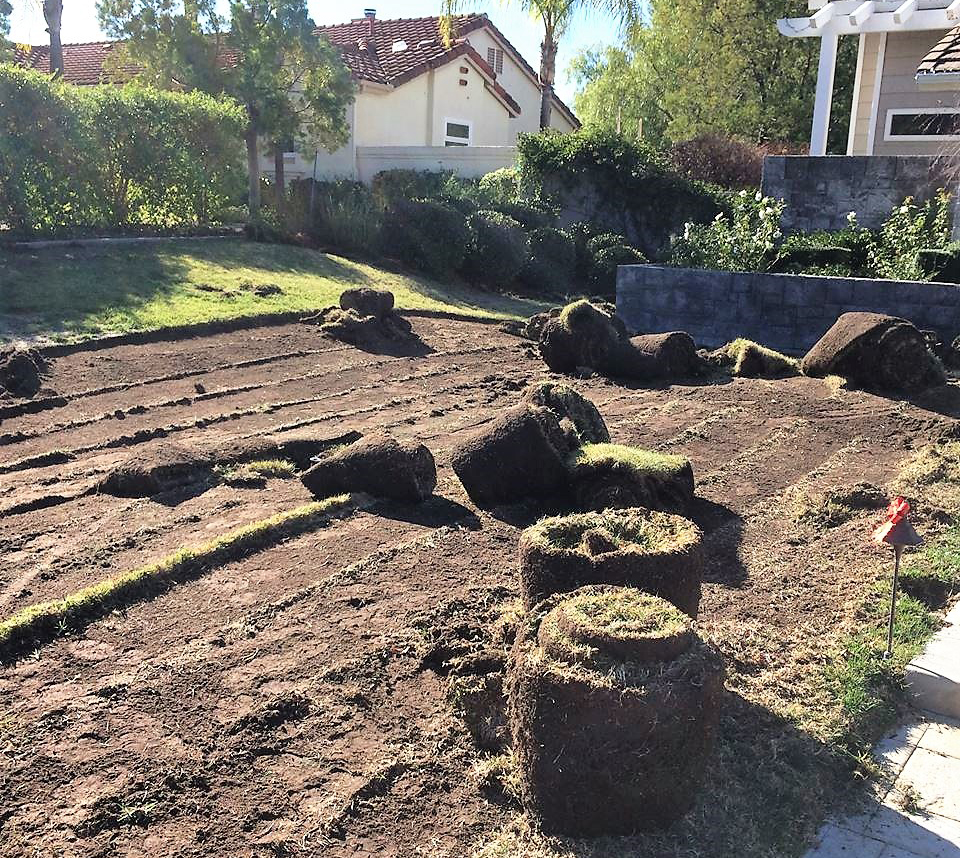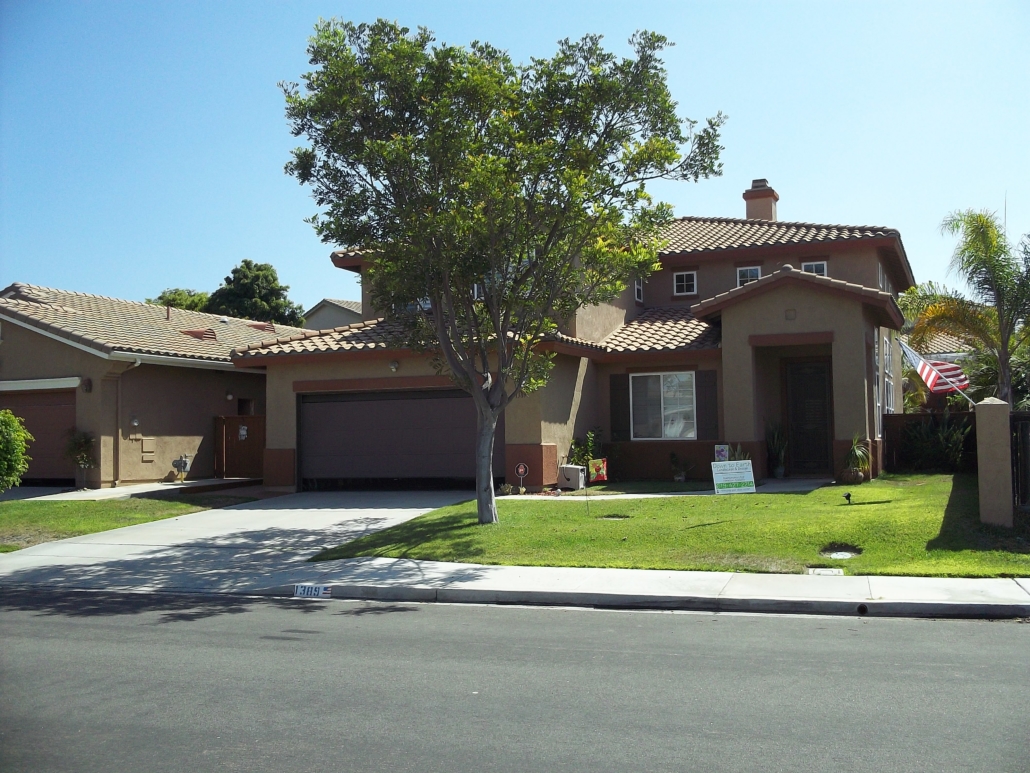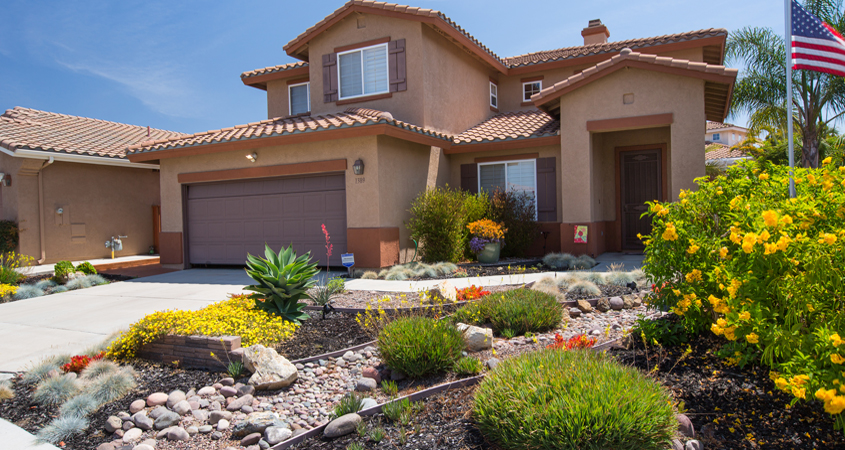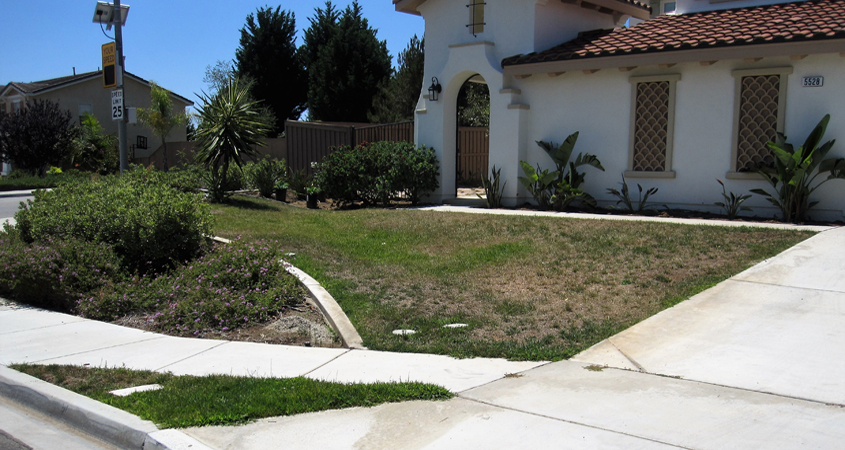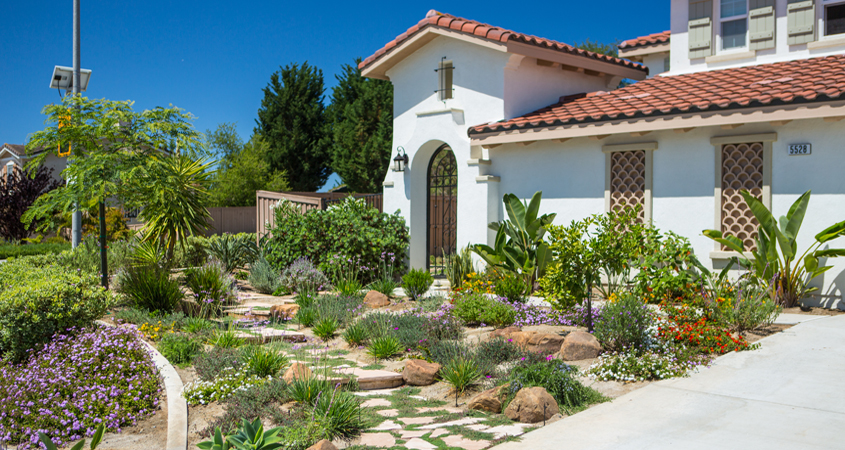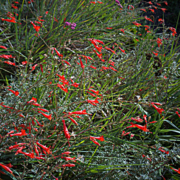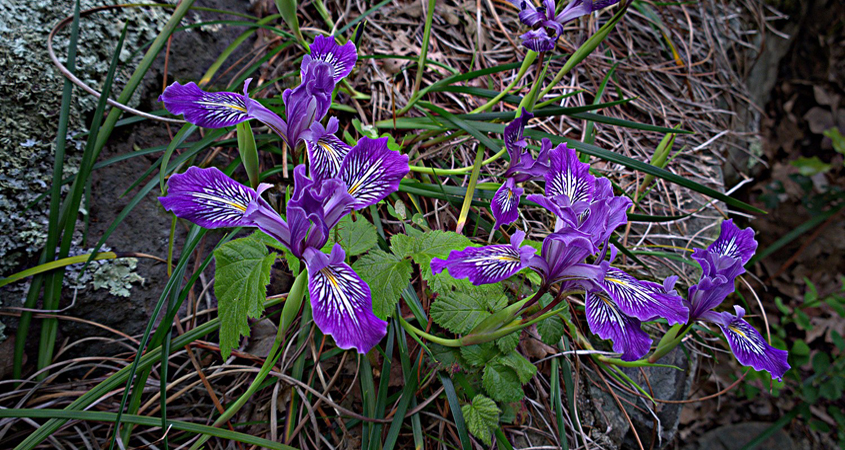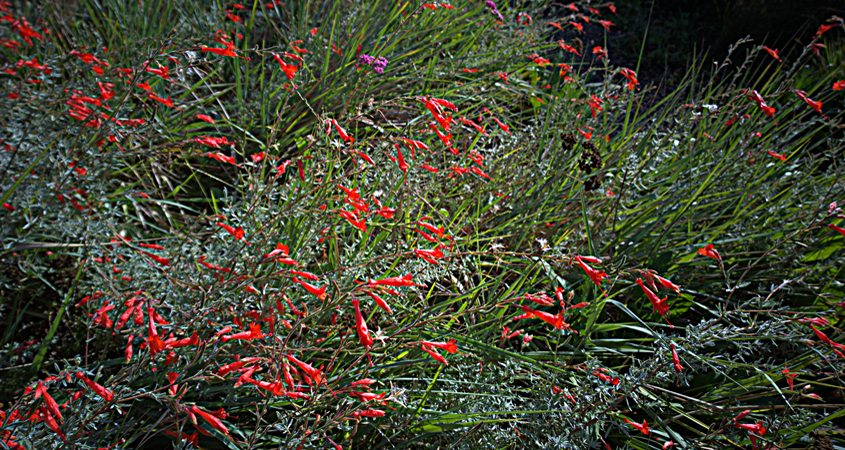Young Artists Featured in Fallbrook PUD Conservation Calendar
Fourth-graders from five Fallbrook-area elementary schools put pens, crayons and watercolors to work with the goal of creating the best and brightest water-conservation posters in competition to become part of the 2019 Fallbrook Public Utility District’s “Be Water Smart” calendar.
Two hundred posters demonstrated the students’ enthusiasm and creativity. Out of these entries, 14 were honored in the 2019 calendar.
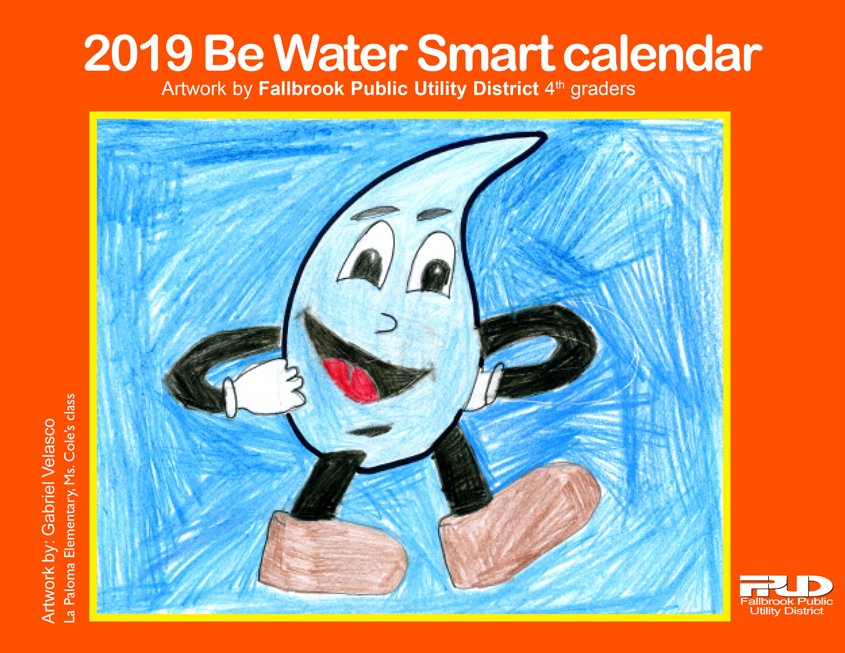
Gabriel Velasco’s entry was chosen by the judges to appear on the 2019 calendar cover. Photo: Fallbrook PUD
The free calendars are available at the Fallbrook Public Utility District office, 990 E. Mission Road in Fallbrook, during business hours while supplies last.
The pupils’ colorful images vividly depict the contest’s theme, “Be Water Smart.” The district’s panel of judges viewed all the entries to find the most eye-catching artwork that successfully communicated the need for saving water.
Winners recognized at Fallbrook PUD board meeting
The winning fourth-grade artists were recognized at the Fallbrook PUD board of directors meeting on Dec. 10. In addition to being featured in the calendar, each winning artist was presented with their original artwork matted and framed for them to keep. They also received a signed certificate of commendation from the district, along with prizes such as school supplies and gift cards.
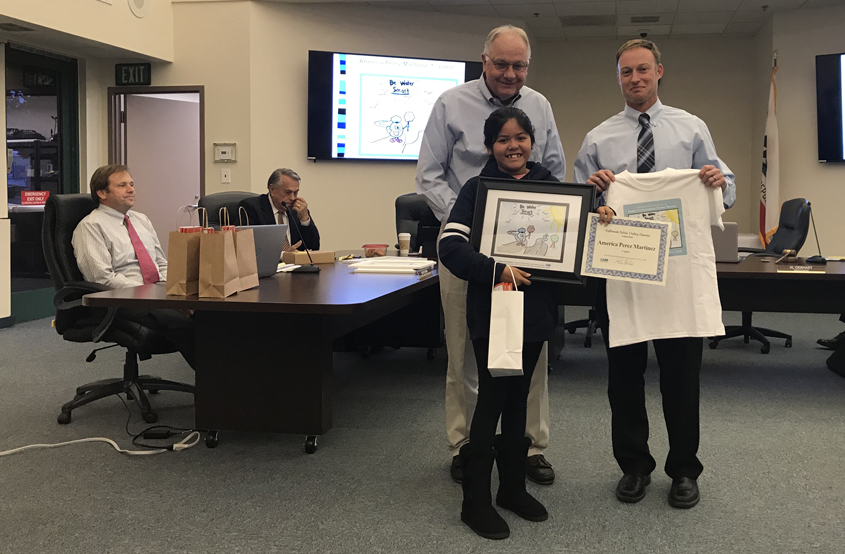
First place winner America Perez Martinez receives congratulations from Fallbrook PUD Board President Al Gebhart and General Manager Jack Bebee. Photo: Fallbrook PUD
As a special award, the first-, second- and third-place student artists, plus the cover artist, received a personalized T-shirt with their winning artwork printed on it. Those artists are:
First place: America Perez Martinez, Fallbrook STEM Academy
Second place: Stephania Miranda, Maie Ellis Elementary
Third place: Hudson Quinn, Maie Ellis Elementary
Cover artist: Gabriel Velasco, La Paloma Elementary
Additional monthly winners include Magaly Maldonado, Magdaleny Caralampio, Antonio Jesus, Maria Ordonez-Rodriguez, Mariana Jimenez and America Giles of Maie Ellis Elementary; Jordyn Jones of William H. Frazier Elementary; Connor Siegler, Lexie Graves and Wendy Sanchez Hernandez of La Paloma Elementary.
The annual contest is open only to fourth-graders in the FPUD service area after they complete classroom instruction about water conservation and the water cycle. Students attending Fallbrook STEM Academy, William H. Frazier, La Paloma, Maie Ellis and Live Oak elementary schools submitted entries.
All 14 pieces of artwork will be displayed on the FPUD website. They will also be displayed in the FPUD boardroom through 2019.



